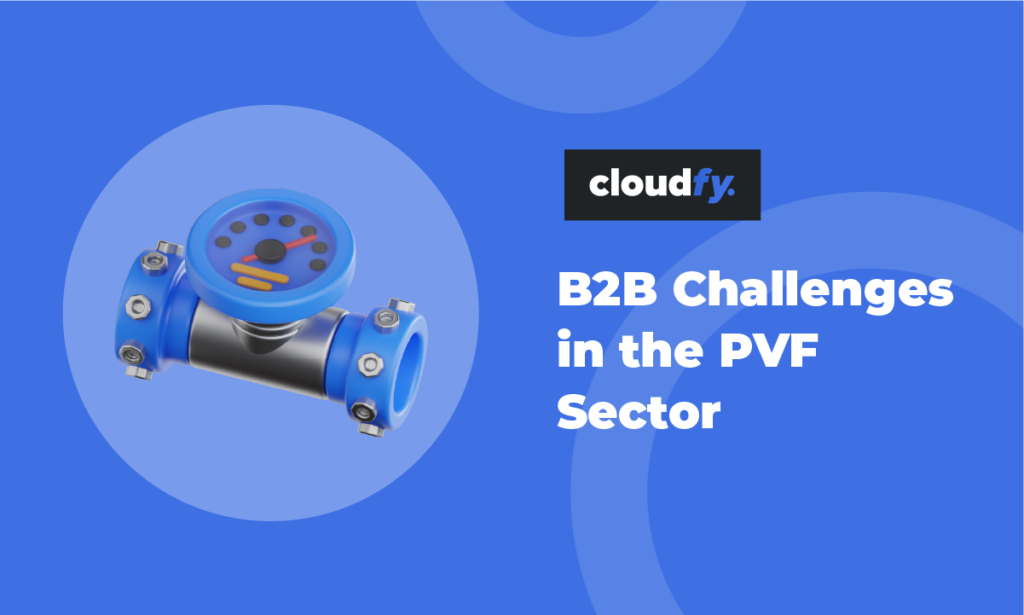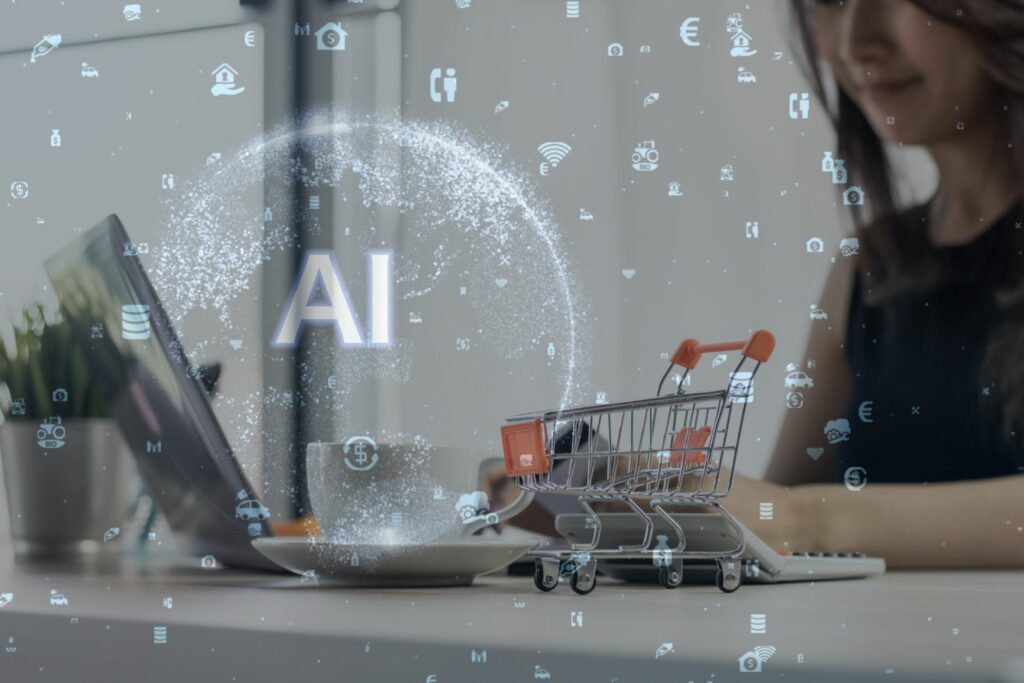Business systems must work together to deliver an end-to-end business to business (B2B) ecommerce solution. Manufacturers, wholesalers and distributors have their own preferred systems to support everything from production to fulfillment and this can create challenges when your goal is to provide the best possible experiences for customers.
You might have heard of interfaced and integrated systems; here we take a look at how these different approaches can affect the performance of your ecommerce business.
Interfaced ecommerce systems
Standalone ecommerce solutions – You can create web pages and navigation structures, update product information and provide ordering and payment options for your customers in a standalone ecommerce system. Your ecommerce site can share and synchronize data through interfaced connections with your other business systems, but exchanges won’t happen automatically. You will need to ensure that each interface works properly and reliably.
B2B ecommerce functions – you could find that essential B2B functions are not included as standard in your standalone ecommerce system, like customer-specific pricing and discounts, multiple shipping addresses and bulk ordering. If this is the case, connections will need to be carefully customized and tested.
Information will be exchanged through interfaces that act as bridges between your ecommerce site and other business systems, where these calculations are managed, slowing down the purchasing process.
Other business systems and information – information about orders, sales tax, customer details and product information will exist in their own databases. Your ecommerce site database will need to be synchronized with these systems, possibly overnight.
This will add further delays between orders being placed online and information being shared between business systems. Onward manual data entry also increases the risk of errors which can slow down fulfillment and affect customer satisfaction.
Business efficiency – since each business process is separate, updates must be coordinated, adding complexity, leading to extra costs and longer development times for any updates.
Duplication of information and processes – because an interfaced website provides price calculations independently, it must mirror your other systems to avoid conflicts and inaccuracies.
For example, your discounting and catalog structure will have to be maintained in your product information management (PIM) system and on your ecommerce site. This not only involves duplication and inefficiency; it also increases the risk of inaccuracies such as rounding differences, for example.
As pricing models and products change over time the extra duplication, effort and risk can become challenging operational issues.
Integrated ecommerce systems
Integrated ecommerce solutions – Business rules and data from your enterprise, finance, stock control and distribution systems are shared in real time in an integrated B2B ecommerce solution.
This reduces or even removes the need for separate data entry, minimizing duplication and the risk of errors. Your systems will be synchronized at all times to provide a single accurate source of information. Efficiency is improved and customer self-service can take place around the clock.
Integration with business systems – many ERP systems offer integration with third-party solutions to improve stock availability information and payment processes, for example. Manufacturers and distributors often connect a warehouse management system (WMS) to improve the efficiency of shipping and fulfillment. Combining this with a customer relationship management (CRM) system means that customer information can be used to enhance your buyer’s online purchasing experience and to improve your business performance.
Maintaining content – providing the best possible product information including detailed product descriptions, imagery, videos and ‘how-to’ guidance will attract buyers and help to convert them to customers.
Accurate and intuitive product classifications are important to make sure that your buyers can find what they are looking as quickly as possible. Relevant product categories and attributes will help them to find the product they are looking, especially if your catalog is large.
Maintaining all your product information in one place improves efficiency and accuracy so you can dedicate more of your resources to creating high quality content. Whenever your inventory changes, you will only need to amend it once and it will be available online as soon as it is published.
This can include a comprehensive search engine optimization (SEO) strategy, with detailed content to make sure you are discoverable online. Once buyers find your site, robust navigation and search options using keywords or phrases, and the ability to search by category, brand or attribute, will help them to find what they are looking for and improve your conversion rates.
A single source of information for all your business systems, including your ecommerce site, will help you to deliver personalized experiences and enhance your business analytics.
Buyer satisfaction – many B2B companies have multiple sales channels, so it’s important that buyers receive the same high quality experience, wherever choose to make their purchase.
With an integrated ecommerce system, you can promote preferred channels with specific pricing and special offers, allowing you to be more innovative and to improve your return on marketing investment.
In contrast, inaccurate product information and pricing can lead to back orders, missed deliveries, and failure to meet service level agreement (SLA) standards. These could all lead to cancellations, refunds and loss of revenue that will affect customer satisfaction and damage your reputation.
End-to-end experiences – your B2B buyers have been conditioned by their personal online shopping experiences. Their expectations are increasing all the time. They want up-to-date information on the progress of their orders and tracking details. They might have multiple orders and delivery points and will expect to be able to see the real-time status of each one. This can be especially important for customers whose own supply chain could be affected if deliveries are delayed. An end-to-end B2B ecommerce solution can really give you a competitive advantage.
Around the clock self-service – depending on their business type and schedules, your buyers might need to make purchases at any time and from any device. With an integrated B2B ecommerce system you can give your customers a dedicated login to access a personalized dashboard that shows their purchase history, previous and current orders, quotes, and saved order lists. They can see their current and previous invoices, to print and download whenever they need them. They can view their aging balance and credit balance to help them manage their cash flow. This is a valuable resource for your buyers and reduces the pressure on your administration team.
Access to new markets – you can extend your business reach with ecommerce sites designed for different countries and regions. You can set up pricing for different currencies and manage and market each location separately. You can even create different businesses and product lines and monitor their performance. Ecommerce integration allows you to have different product lines, with separate branding and stores, while retaining a complete overview of performance.
You can also streamline your tax compliance in multiple markets. An integrated ecommerce system can make sure that the right tax codes and rates are applied to every order.
Third-party integration – if you have negotiated rates with shipping carriers, or you have preferred shipping methods, these can be included in your ERP system. You can store and seamlessly display your supported rates and services and these will be reflected on your integrated ecommerce site.
Payment card industry (PCI) standards – payment by credit card is one of the most popular options for B2B buyers. By integrating a payment gateway with your ecommerce system, you can receive tokens to confirm payment without having to hold sensitive customer information and credit card details. Once the tokens have been stored in your ERP system payments can be processed, even if the order value changes.
If you are interested in an integrated B2B ecommerce system for your business talk to one of Cloudfy’s experts.






